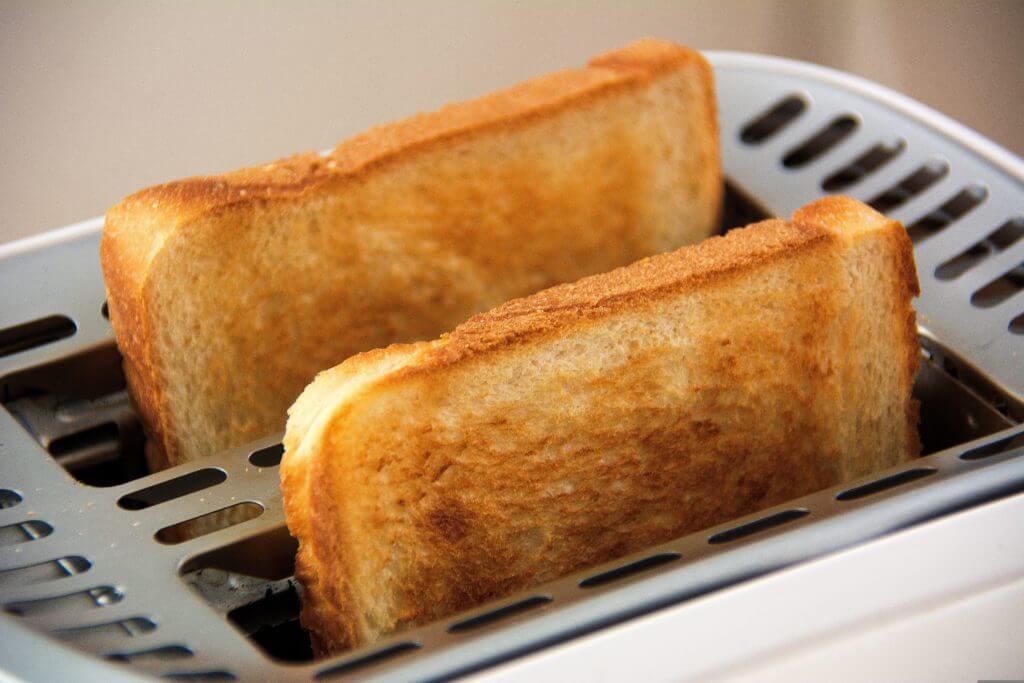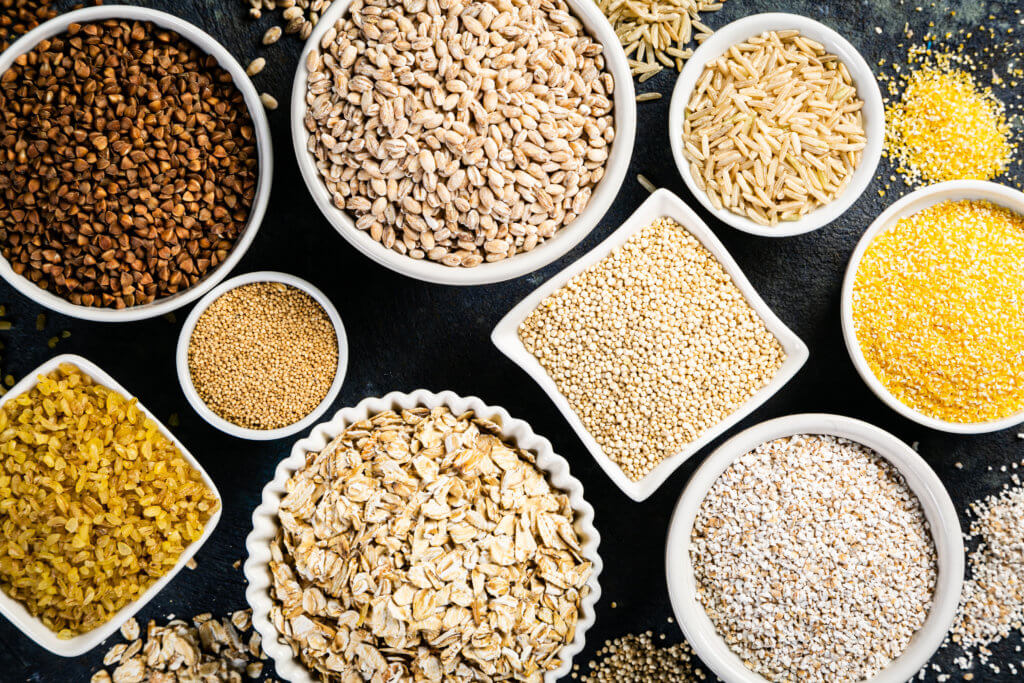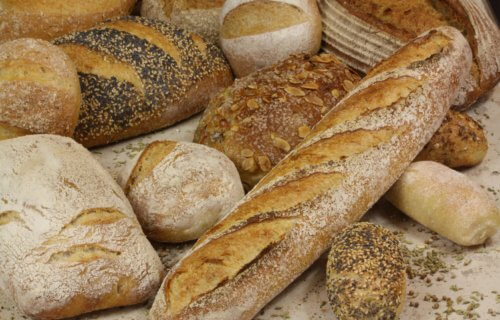In a world where food products are labeled as “all-natural” and “low fat” to draw people in, it’s important to know that these labels and ones like them often have little meaning. When you see “multigrain,” you probably think you’re getting better health benefits because there are multiple grains in the bread. Unfortunately, this may be far from the truth.
What is a whole grain?
Current diet recommendations suggest that people should eat more whole grains than white grains, but not everyone knows exactly what that means. Whole grains contain three parts: bran, germ, and endosperm.
The bran is where you will find fiber. For example, brown rice has marginally more fiber than white rice because it still has the bran intact. It also contains nutrients like B vitamins, iron, copper, zinc, magnesium, and more.
The germ is the middle of the seed, containing nutrients like vitamin E and antioxidants.
The endosperm is the layer that provides nutrients for the plant to grow, like carbs and protein, which are nutritious for humans, too.
White grains, on the other hand, commonly found in baked goods and white bread, are refined and stripped of these layers. They lose fiber and several key nutrients, which is why nutrients like B vitamins and iron are typically added back in. Overall, they provide much less nutritional value.

What’s the difference between multigrain and whole-grain?
“Multigrain” labels just mean that the bread contains more than one grain. Sounds like a good thing, right? Not exactly. Multigrain bread could have wheat, oats, and bulgur, and none of them could actually be whole. The label blurs lines because, for the consumer, it still remains unclear whether the grains used in the bread are whole or refined.
If the bran and germ are removed, even the 10-grain bread you love may not even be whole grain. If it isn’t, key vitamins and minerals are lost, as well as phytonutrients that have been shown to be anti-inflammatory.
Next time you read a multigrain bread label, be sure to read the ingredients to see if “whole” is written in front of the listed grains. Sometimes, the front of the packaging will also tell you if the bread is 100 percent whole grain, which makes things even easier.
Additionally, look for at least three grams of fiber/slice. Some fiber is added through additional bran or isolated fiber, which is not the same kind as that in a whole grain. Fiber helps to regulate blood sugar, promote healthy bowel movements, lower cholesterol, and more.
You may be wondering about wheat bread. It can be easy to be deceived by these labels as well, so these rules still apply. Unless the label reads “100% whole wheat,” you are likely not getting the whole grain. Wheat bread is often mostly white flour that is blended with a bit of darker grain. It’s then finished off with added nutrients that have been removed in the refinement process.

Bottom line
The bread aisle can be a tricky place. White breads have been stripped of key nutrients and usually have some added back in, but still miss a lot that was lost during processing. “Multigrain” and “wheat” are labels that can make you think you’re picking the healthier option, but it isn’t always the case.
If you want to maximize the nutrition you get out of these breads, be sure to look for “100% whole grain/wheat” or “whole” prior to the list of grains used in multi-grain breads. This way, you get more fiber, vitamins, minerals, and more.
You might also be interested in:
- Gluten 101: Dietitian reveals if bread is really different in Europe and U.S.
- Best Foods For Fiber: Top 5 Fibrous Snacks Most Recommended by Nutrition Experts
- No, brown rice is not healthier than white rice

